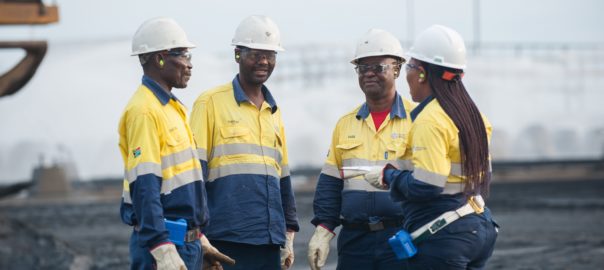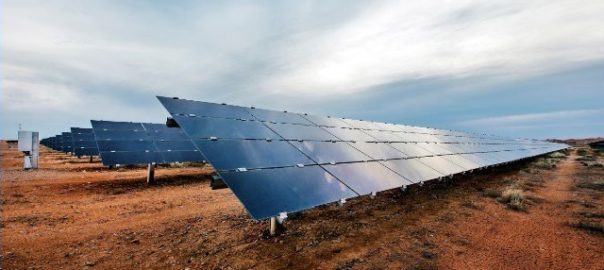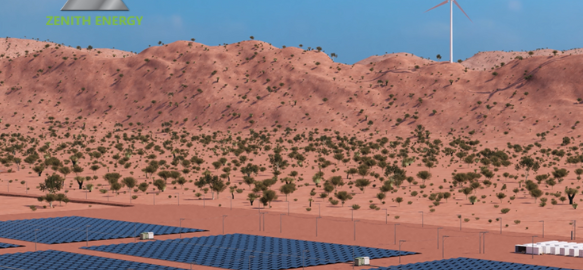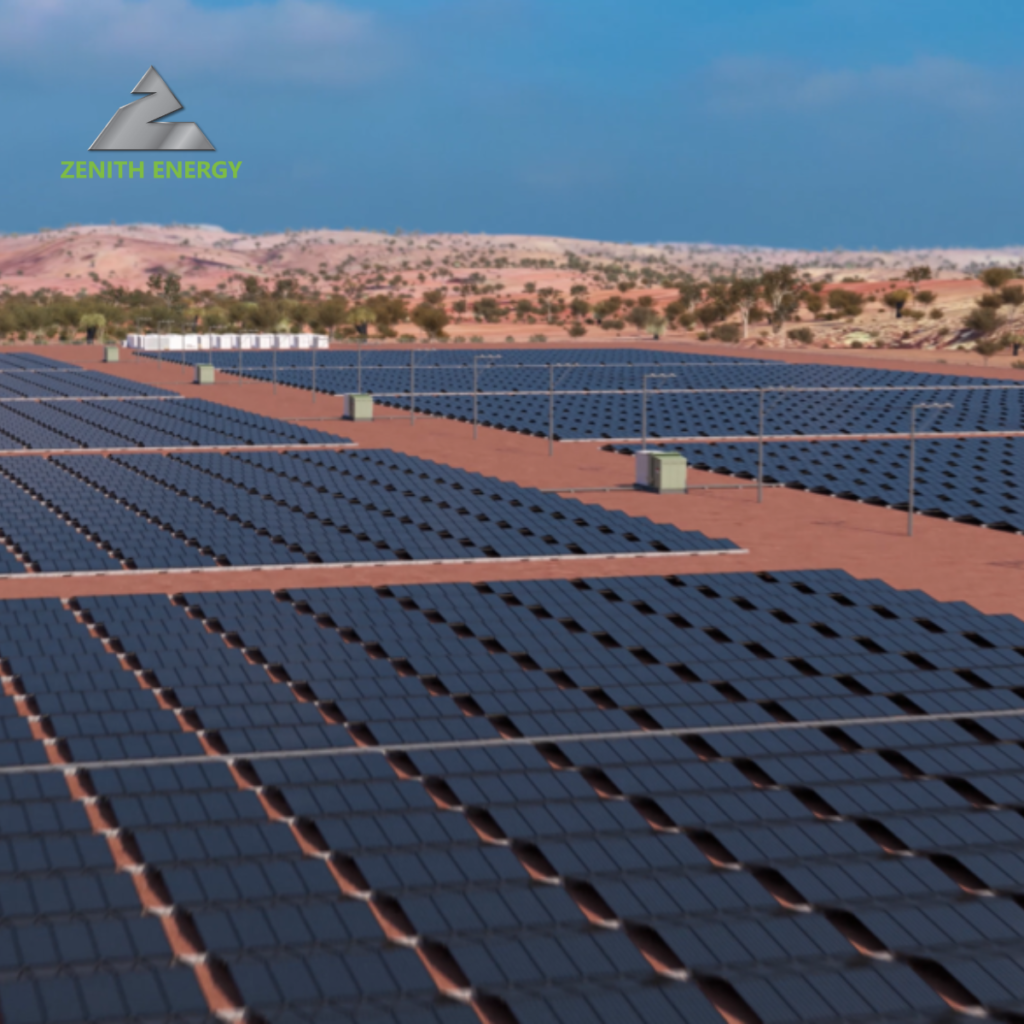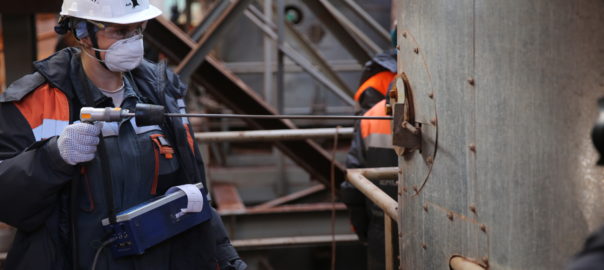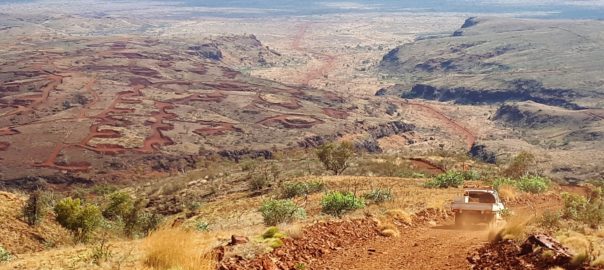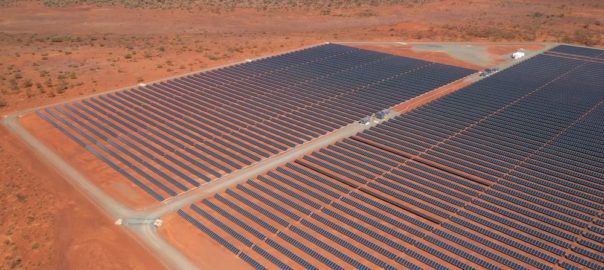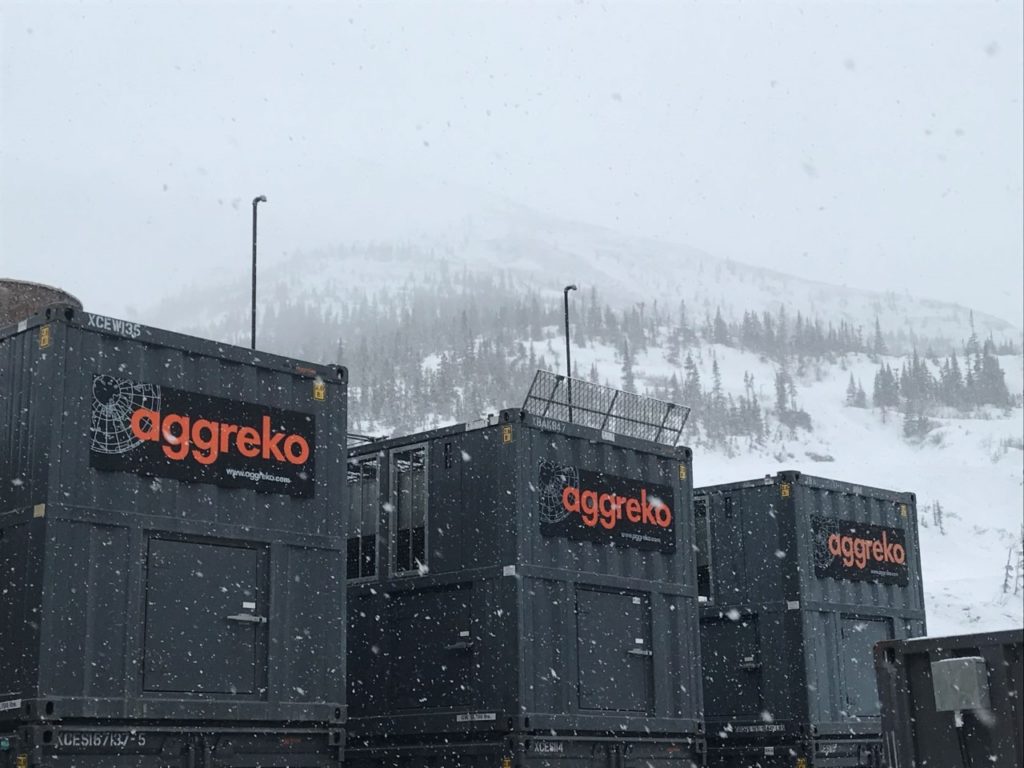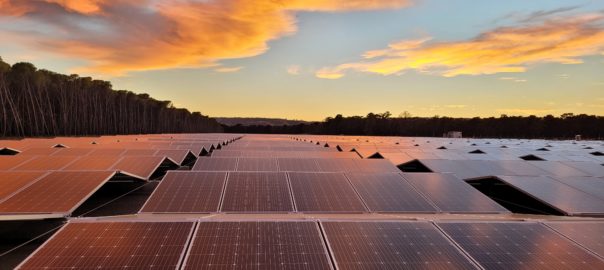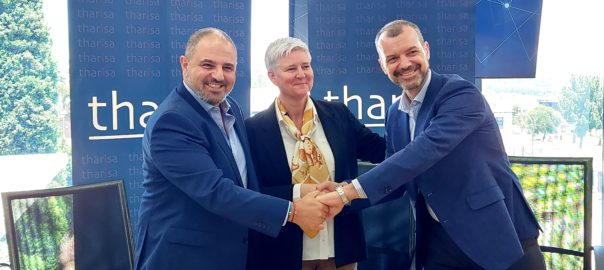Rio Tinto’s 74%-owned Richard’s Bay Minerals (RBM) business will soon be supplied with renewable solar power through an agreement with international energy company Voltalia and local Black Economic Empowerment (BEE) partners, for its operation in KwaZulu-Natal, South Africa, Rio says.
Under the agreement, Voltalia will begin construction of the Bolobedu Solar PV renewable energy project in 2023, at a site in the province of Limpopo. The power plant is scheduled to be complete by 2024 and will deliver an annual generation capacity of up to 300 GWh. It will feed into the national power grid to supply RBM’s smelting and processing facilities through a “wheeling agreement”.
The renewable power supply is expected to cut RBM’s annual greenhouse gas emissions by at least 10%, or 237,000 t/y of CO2e, Rio says.
Rio Tinto Minerals Chief Executive, Sinead Kaufman, said: “The agreement, which is a first step towards reducing RBM’s carbon emissions, is a major milestone and one that is in line with Rio Tinto’s decarbonisation strategy. As this solar energy project progresses, we will continue exploring additional renewable solutions that further reduce our emissions in South Africa and make Richards Bay Minerals a contributor to our net zero commitment.”
Voltalia CEO, Sébastien Clerc, added: “We are very pleased to support RBM in its decarbonisation journey. The Bolobedu photovoltaic power plant will be our biggest project in Africa, after performing construction of a series of other solar plants for us or for clients, in the continent (Zimbabwe, Burundi, Tanzania, Kenya, Mauritania and Egypt). This project is the first of our South African large solar-and-wind portfolio under development, in areas with grid connection available, that will be ready to support our clients to overpass the actual energy crisis with affordable, clean and stable electricity.”
Voltalia will work to ensure the Bolobedu Solar PV project creates local employment opportunities for the surrounding communities. A total workforce of more than 700 people is expected during construction, with a workforce of around 50 people once the plant becomes operational.
The project will also provide skills development opportunities for members of the surrounding communities, and a bursary program for young local learners. In support of South Africa’s growing renewable energy sector value chain, Voltalia will work to source its goods and services locally.
The Bolobedu Solar PV power plant will be 51% black-owned through BEE partners, with a minimum 10% stake going to black women, while the host community will also have a participation.







